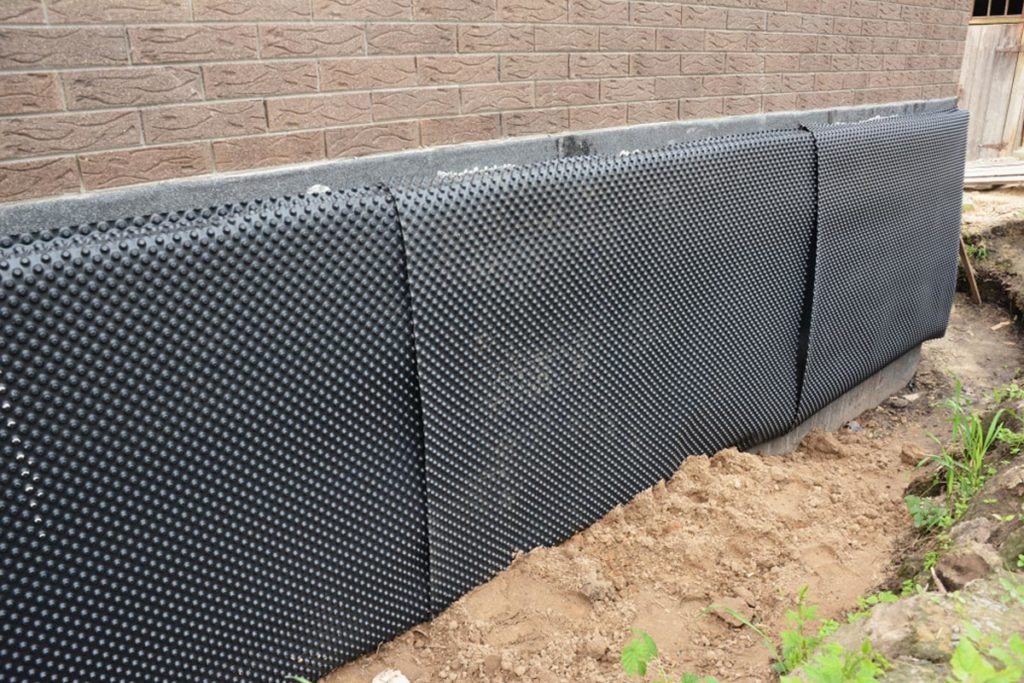The process of waterproofing is a crucial aspect of home and property maintenance that often gets neglected until it's too late. As DIY enthusiasts, we take pride in addressing DIY projects that enhance the safety and longevity of our homes. Understanding waterproofing is necessary not just for avoiding costly repairs but also for creating a comfortable living environment. Whether it's your basement, roof, or exteriors, the right waterproofing techniques can conserve you thousands of currency and defend your investment.
In this manual, we will explore all you need you need to know about waterproofing, including common myths, the necessity of various applications, and the signs that suggest that your property may need waterproofing. We will also examine the DIY versus contractor approaches, providing you with the knowledge to make informed decisions that best suit your needs and financial plan. Let's gear up and ensure our homes remain dry and safe for decades to come.
The Significance of Waterproofing
Moisture proofing is crucial for all home and building as it provides a strong protection against water damage, which can result in major repairs and structural issues over time. High levels of moisture can deteriorate foundations, foster mold growth, and damage interior finishes. By investing in proper waterproofing measures, homeowners not only protect their property but also guarantee a more conducive living environment free from harmful mold and mildew.
Disregarding the need for waterproofing can cause expensive repairs that far surpass the first investment in protective measures. Water damage can compromise the integrity of a building, leading to serious issues such as rotting wood, rusting metals, and unattractive stains on walls and ceilings. By actively waterproofing multiple areas, such as basements, roofs, and bathrooms, property owners significantly minimize their long-term repair costs and enhance their overall property value.

Additionally, waterproofing plays a key role in energy efficiency. A well-insulated building reduces drafts and stops water intrusion, which can cause higher energy bills. In eco-friendly construction, efficient waterproofing contributes to a building's durability and resilience against climate-related challenges. Investing in waterproofing solutions is more than a defensive strategy; it is a preventative approach to maintaining the value and functionality of every property.
DIY Waterproofing Techniques
An efficient DIY waterproofing techniques is utilizing a waterproof sealant to your foundation walls. Begin by scrubbing wet basement Toronto to remove any grime, residue, or old paint. Once the surface is clear and dry, apply a top-notch waterproofing sealant with a roller. This will create a barrier that prevents moisture from penetrating the walls, thus reducing the risk of mildew growth and water damage. Don't overlook to pay extra attention to any fissures or seams, as these areas are often the most exposed.
Furthermore useful technique is to emphasize on proper drainage around your home. Ensure that gutters and downspouts are working correctly and directing water away from your foundation. You can also install a French drain or improve the grading of your yard to promote better water flow. By guiding rainwater away from your home, you significantly reduce the pressure on your foundation and lower the chances of water seeping in. Consistent maintenance of your drainage systems is crucial to ensure persistent protection.
Finally, think about waterproofing your outdoor spaces, such as balconies and patios. Applying a waterproof coating can increase the life of these areas and stop water damage. Look for products specifically created for outdoor use, and make sure the surface is clean and dry before application. By taking these preemptive steps, you can safeguard your investment and create a sustainable living space, all while efficiently engaging in DIY waterproofing.
Choosing the Right Waterproofing Solutions
Selecting the right waterproofing solution for your building depends on multiple factors, including the specific areas that need protection, the local climate, and your budget. It's crucial to start by evaluating the most vulnerable areas, such as basements, bathrooms, roofs, and foundations. Each area may require various products and techniques to properly prevent water intrusion and damage. Knowing the different types of waterproofing systems on the market, such as inside vs. outside solutions, will help you in selecting the best choice for your needs.
Once you have pinpointed the areas of concern, explore the multiple waterproofing products on the market. Look for paints, membranes, sealants, and additives that fit your particular requirements. It's important to consider the longevity and effectiveness of these products, as well as any available warranties. User reviews and professional recommendations can provide valuable insight into the effectiveness of different waterproofing solutions. Don't hesitate to talk to professionals if you are unsure about the best option for your needs.
Finally, think about whether a DIY approach or hiring a professional is the right path for your waterproofing project. While DIY solutions can reduce money and give you hands-on experience, they might not always yield the best results, especially for bigger or more complicated jobs. On the other hand, professional services can ensure a thorough application and compliance with local building codes. Evaluating the pros and cons of each approach will assist you decide which way to proceed, eventually leading to effective waterproofing that secures your property.
